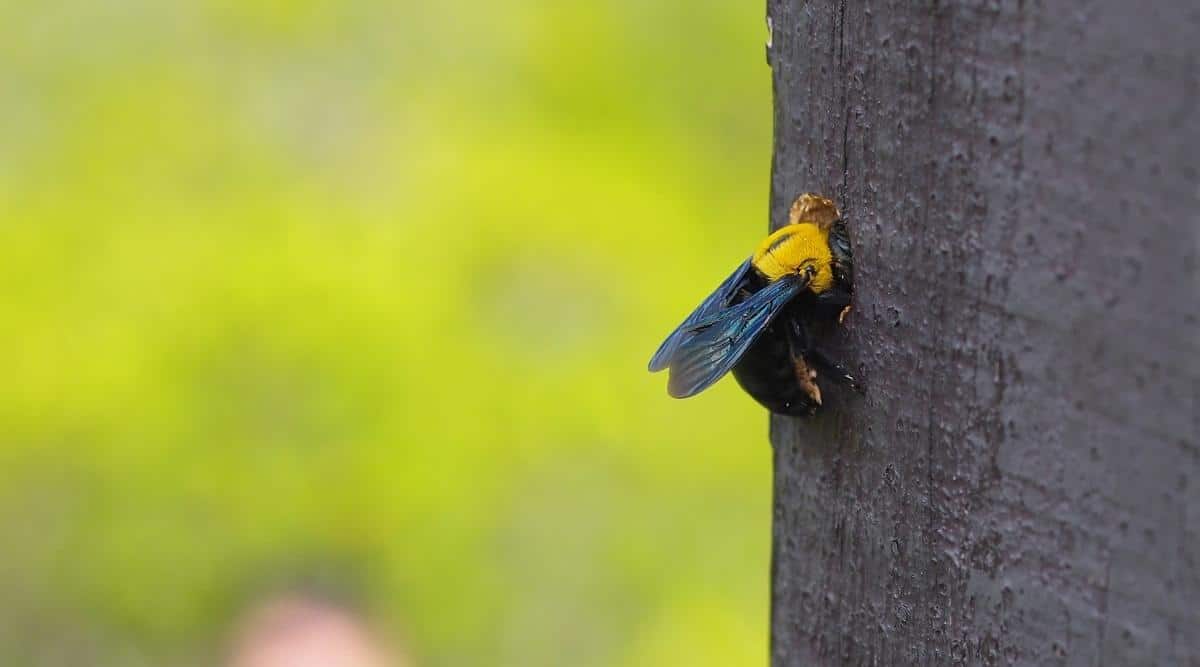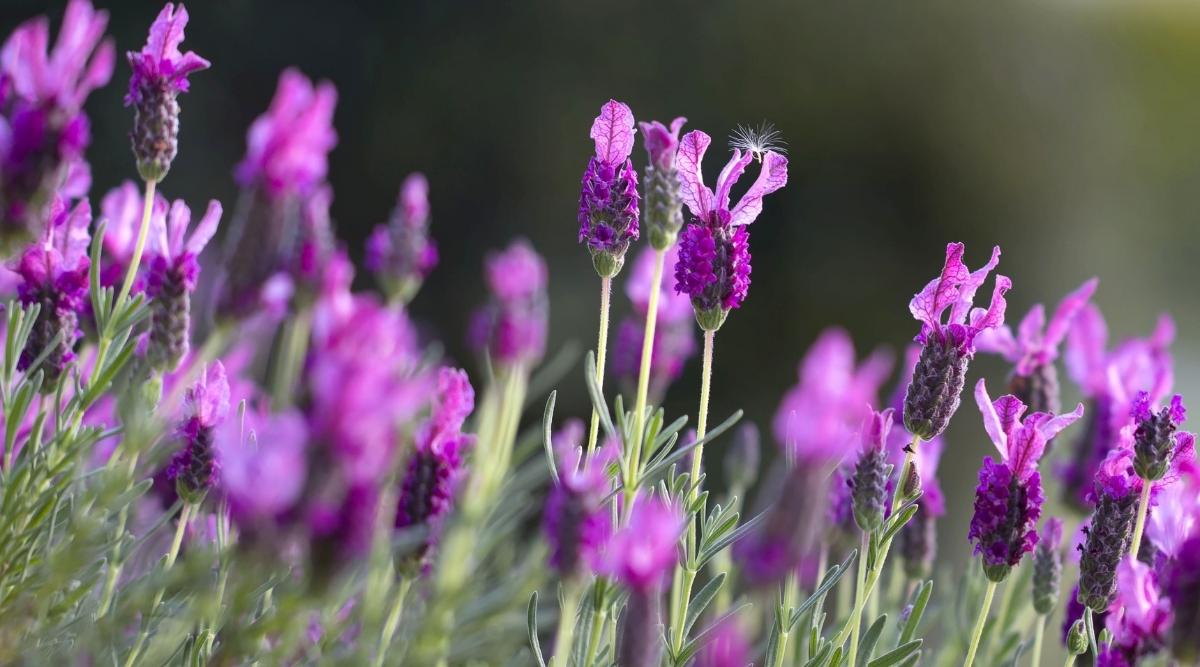Why Do Carpenter Bees Hover? Three Reasons They Stalk You
It seems to happen almost every spring. You are outside enjoying the beautiful spring weather, and out of nowhere, a carpenter bee decides to come and pay you a visit. It seems to hover around you, sizing you up. So why do carpenter bees hover? In this article, we look at this specific behavior, and why it happens.

Carpenter bees are known to follow humans in various situations. And if you’ve experienced that, you know it’s anything but comfortable. But have you ever wondered why? Why do carpenter bees hover? Why do they have a penchant for chasing people?
Surprisingly enough, there’s actually a few reasons that these annoying pests hang around. There’s typically not just a “one-size-fits-all” reason for why you might feel like they are deliberately tracking you down.
The good news is, that in most cases, they aren’t dangerous. But that still doesn’t mean you want them hanging around, destroying all the wood you may have near your home. Let’s take a look at why these pests like to stick around more than normal, and how you can stop them from doing so if you choose.
You Are Wearing The Wrong Color

Carpenter bees, like all their buzzing cousins, see colors differently compared to humans. In fact, they can see color 5 times faster than us, and they can do this while flying at high speeds. That’s equivalent to spotting a single flower by the roadside, all while you’re riding a vehicle that’s running in full speed.
Of course, all bees have this incredible skill to increase their chances of surviving. Foraging bees have adapted to use color in locating good flowers and in bringing home nectar and pollen to their colony.
However, this dependence on color can mean trouble for us humans. Simply put, if you wear pink and yellow, they will link those hues to flowers and confusingly hover over you.
As for darker hues like red and black, it’s been said that bees have adapted to associate them to predators’ fur. Note that bees can’t see the color red because of their affinity for ultra-violate light, so black and red look exactly the same for them, mimicking a bear or a skunk’s fur. As a result, some bees will become aggressive and chase you.
So if you want to stay out off their radar, choose white. According to research, there’s a reason why beekeepers wear it all the time. The lack of color is easy to ignore, and it’s purely neutral.
You’re Near Their Nest

The male carpenter bee cannot sting. But ironically, it’s infamous for being hostile towards intruders. This makes them difficult to remove, especially without killing them.
According to Penn State’s College of Agricultural Science, males will often go after insects that approach their nest, darting towards them if they come too close. They’re so territorial that they have a reputation for following humans and hovering over them, especially when they move too quickly or wave their hands in the air.
Like an ape beating its chest to show dominance and bravado, these bees hover over people for a short distance in an attempt to chase them off. And not recognizing it causes a lot of us to panic over getting stung.
You Smell “Nice” To Them

All bees have a keen sense of smell. Wearing a strong aromatic scent throws them off and confuses them. This causes them to stick to you, trying to figure you out. And no, we aren’t talking about WD-40. But if you are wearing some type of perfume that’s based on plant smells, expect to attract some yellow friends.
Smelling is another survival skill for bees. They need it to hunt for nicely scented flowers. They also use that skill to communicate, since pheromones are essentially a form of scent. So wearing fragrant products can get you into a lot of trouble. Hair sprays, perfumes, tonics, lotions, shampoos, conditioners, soaps, deodorants, body sprays, and even detergents can smell so overpowering that they attract confused bees.
So, if you want to avoid them, don’t wear strong-smelling perfumes or colognes. Don’t wear anything that smells like a plant either. Lavender and Rosemary both come to mind, as aromatic plants that may cause bees to stick around more than normal.
Wrap Up
So the next time you go on an outdoor trip during spring, remember these reasons if you see a carpenter bee nearby. They’ll help you decrease your chances of crossing paths with them, and hopefully, keep them away from where you live. If you are already dealing with a carpenter bee infestation, there are several neutral DIY solutions, including traps that can help pest-proof your home.
Share this post
Save time and money on pest control
Subscribe to expert DIY pest control tips, pest control product reviews and information.




